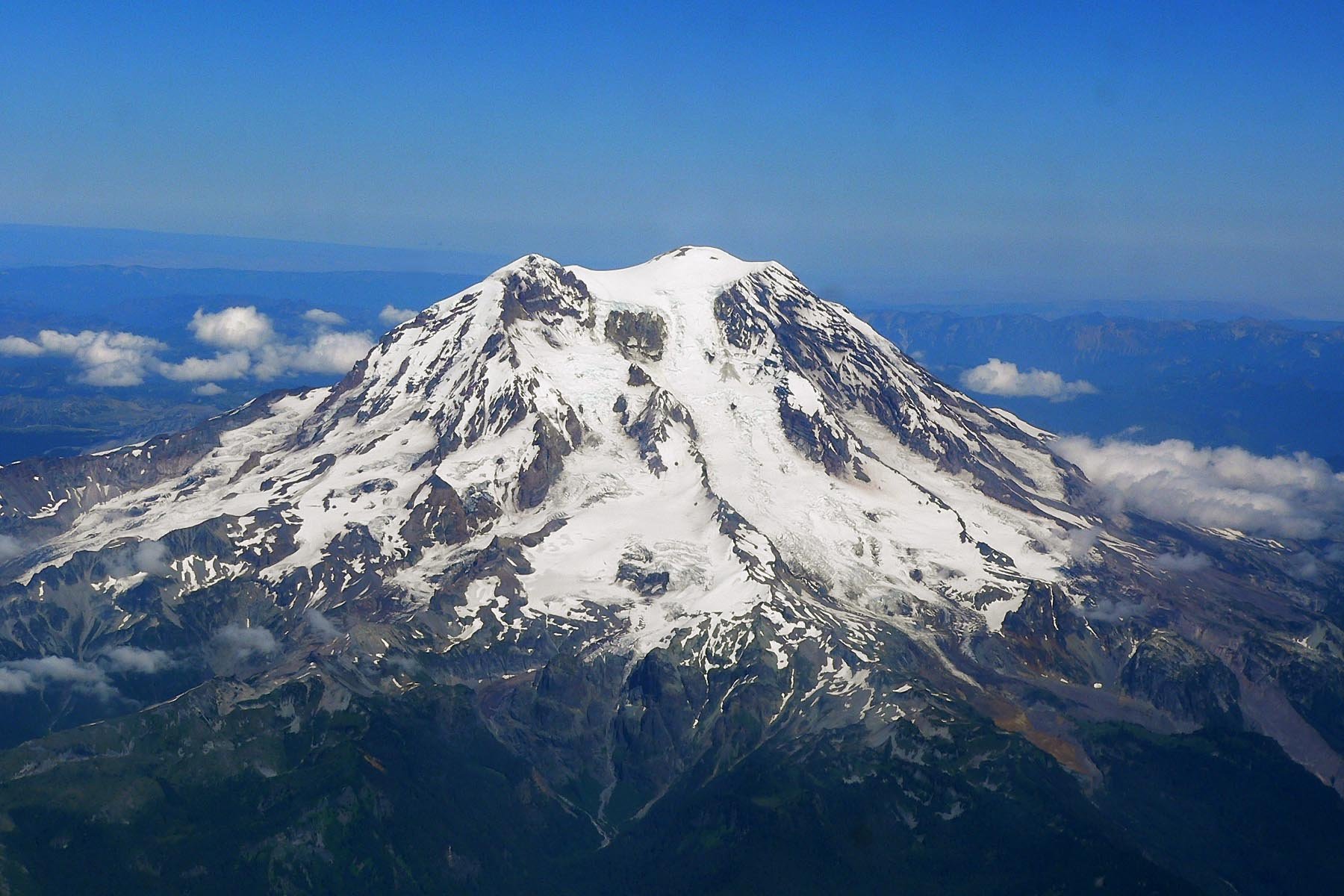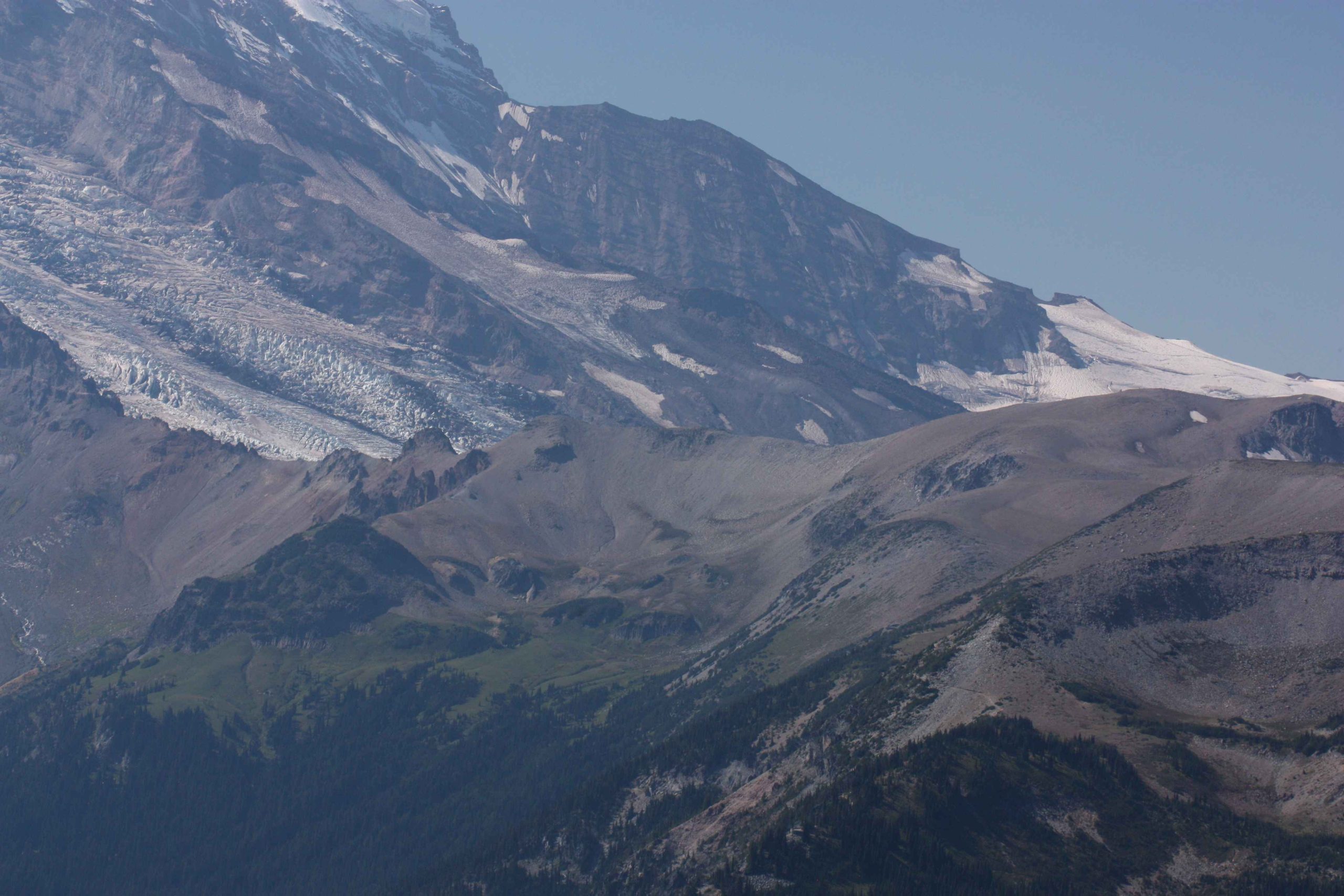The Rain Forest Loop Trail at Mount Rainier is a short, easy hike that offers a glimpse into the lush, old-growth forests of the Pacific Northwest. Located in the Carbon River area of Mount Rainier National Park, this 0.3-mile loop trail takes visitors through a diverse ecosystem of towering trees, verdant understory, and unique wildlife. With minimal elevation gain and a well-maintained path, it’s an ideal excursion for families, nature enthusiasts, and those seeking a quick immersion into the rainforest environment.
What is the Length and Difficulty of the Rain Forest Loop Trail?

The Rain Forest Loop Trail, also known as the Rainforest Nature Loop, is a compact yet rewarding hiking experience:
- Trail Length: 0.3 miles (0.48 kilometers)
- Elevation Gain: Negligible, with a constant elevation of about 1,768 feet (539 meters)
- Difficulty Level: Easy, suitable for all ages and fitness levels
- Estimated Hiking Time: 30 minutes to 1 hour
This short loop offers an accessible way to experience the rainforest ecosystem without the commitment of a longer hike. The trail’s ease makes it an excellent option for families with young children or those with limited mobility.
Where is the Trailhead Located?

The Rain Forest Loop Trail is situated in the Carbon River area of Mount Rainier National Park. To reach the trailhead:
- Enter the park through the Carbon River entrance
- Drive to the ranger station and campground area
- Look for signs indicating the Rain Forest Loop Trail
Parking is available near the trailhead, making it convenient for visitors to access the trail. However, it’s important to note that the Carbon River Road is often subject to closures due to flooding and washouts, so checking current conditions before your visit is advisable.
What Can Hikers Expect to See on the Trail?
The Rain Forest Loop Trail offers a rich tapestry of flora and fauna typical of the Pacific Northwest rainforest:
Flora:
- Old-growth Sitka spruce
- Towering Douglas-fir
- Majestic western red-cedar
- Lush understory vegetation including:
- Skunk cabbage
- Huckleberry bushes
- Devils club
- Various fern species
Fauna:
While wildlife sightings are not guaranteed, the forest is home to a variety of animals:
– Black bears (observe from a safe distance)
– Deer
– Small mammals
– Numerous bird species
The trail provides interpretive signs that offer insights into the ecosystem, making it an educational experience for visitors of all ages.
How is the Trail Terrain and What Challenges Might Hikers Face?
The Rain Forest Loop Trail is known for its relatively easy terrain:
- Path Type: Mostly flat with a mix of:
- Soft dirt
- Forest duff
- Cedar puncheon bridges
Despite its ease, hikers should be prepared for potential challenges:
- Muddy Sections: Especially during rainy seasons or spring thaw
- Fallen Trees: Occasional obstacles due to winter storms
- Trail Closures: Possible due to severe weather damage
- Slippery Surfaces: On wooden bridges or wet rocks
It’s recommended to wear sturdy, waterproof hiking shoes and to check trail conditions before setting out.
Are There Any Accessibility Features on the Trail?
While the Rain Forest Loop Trail is considered easy, it’s not specifically designed for wheelchair access. However, some accessibility features and considerations include:
- Relatively flat terrain
- Well-maintained path in most sections
- Restroom facilities available at the trailhead
- Parking area close to the trail start
For those with mobility concerns, it’s best to contact the park rangers for the most up-to-date information on trail conditions and accessibility.
What Are the Best Times to Visit the Rain Forest Loop Trail?
The Rain Forest Loop Trail can be enjoyed year-round, but each season offers a unique experience:
| Season | Pros | Cons |
|---|---|---|
| Spring | Lush new growth, wildflowers | Muddy trails, potential for rain |
| Summer | Warm weather, longer daylight hours | More crowded, insects |
| Fall | Beautiful autumn colors, fewer crowds | Cooler temperatures, earlier sunsets |
| Winter | Serene snowy landscapes, solitude | Cold weather, potential trail closures |
The trail is particularly beautiful in late spring when the forest is at its lushest and in early fall when the understory begins to change color.
What Regulations Should Hikers Be Aware Of?
To preserve the delicate ecosystem and ensure a safe experience for all visitors, hikers should adhere to the following regulations:
- Stay on designated trails to protect vegetation
- Do not feed or approach wildlife
- Pack out all trash (Leave No Trace principles)
- No removal of natural or cultural artifacts
- Pets are not allowed on park trails
- Obtain necessary permits for camping or backcountry travel
Adhering to these rules helps maintain the trail and surrounding ecosystem for future generations to enjoy.
How Can Hikers Prepare for the Rain Forest Loop Trail?
Even though the Rain Forest Loop Trail is short and easy, proper preparation can enhance your experience:
- Footwear: Wear sturdy, waterproof hiking shoes
- Clothing: Dress in layers, as the weather can change quickly
- Water: Bring a small water bottle, even for short hikes
- Snacks: Pack energy-boosting snacks if desired
- Camera: Don’t forget to capture the beauty of the rainforest
- Trail Map: Available at the ranger station or visitor center
- First Aid Kit: A basic kit for minor emergencies
By coming prepared, you can fully immerse yourself in the wonders of the Rain Forest Loop Trail without worry.
What Other Attractions Are Near the Rain Forest Loop Trail?
The Carbon River area offers several other attractions for those looking to extend their visit:
- Green Lake Trail: A more challenging 9.6-mile round trip hike
- Chenuis Falls: A scenic waterfall accessible via a separate trail
- Ipsut Creek Campground: For those interested in overnight stays
- Carbon Glacier Viewpoint: A longer hike with views of the glacier
These additional attractions allow visitors to explore more of Mount Rainier National Park’s diverse landscapes and ecosystems.
The Rain Forest Loop Trail at Mount Rainier offers a unique opportunity to experience the lush, old-growth forests of the Pacific Northwest. Its accessibility, rich biodiversity, and educational value make it a must-visit destination for nature lovers and families alike. Whether you’re a seasoned hiker or a casual nature enthusiast, this trail provides an unforgettable glimpse into the magical world of rainforest ecosystems.
